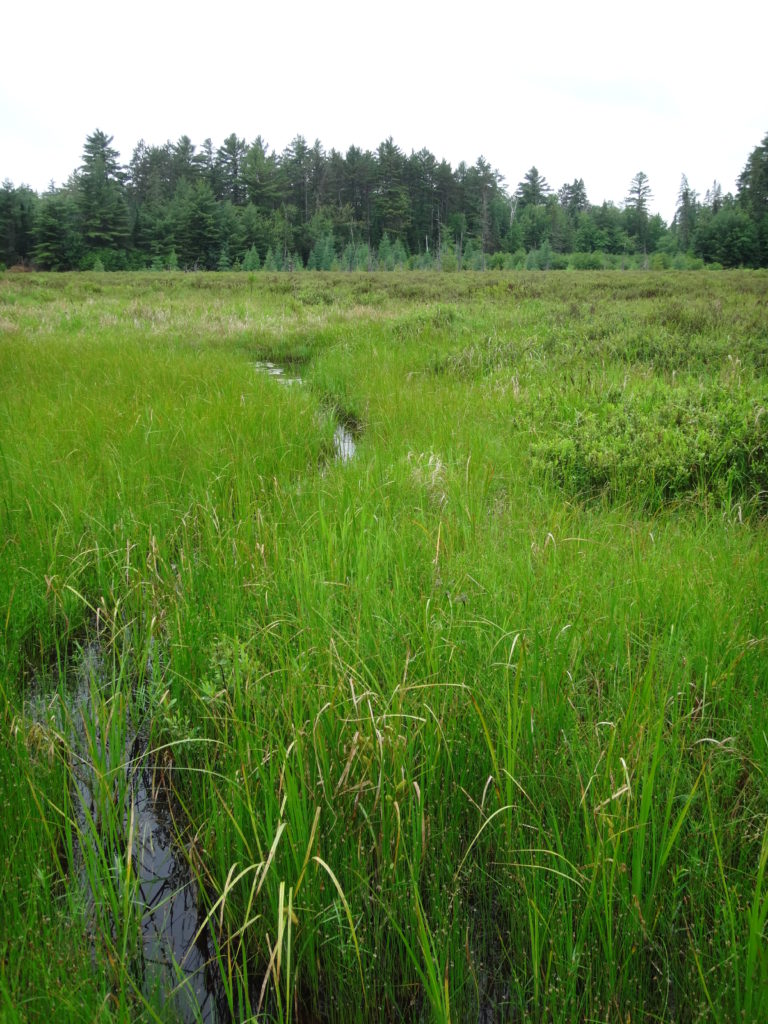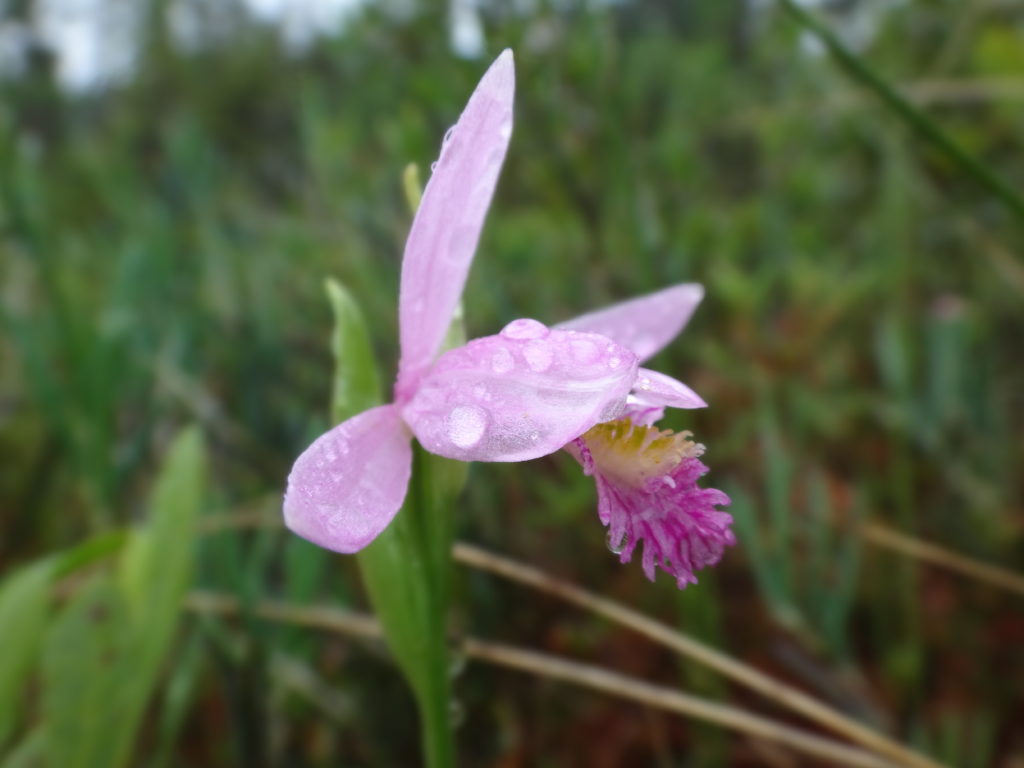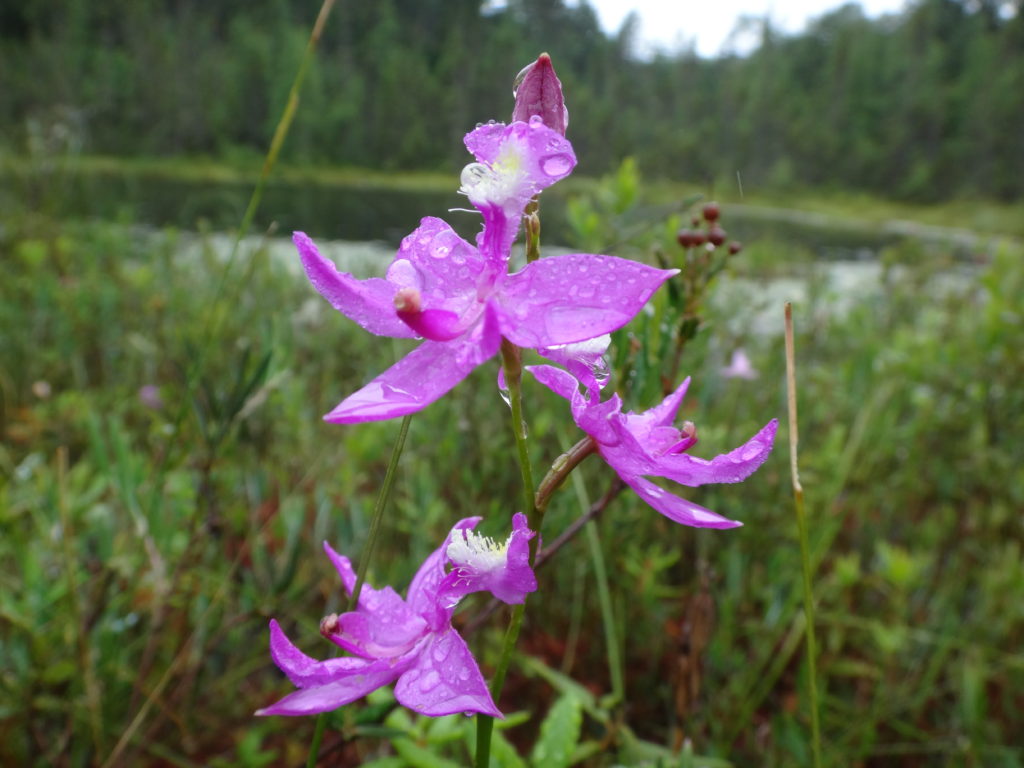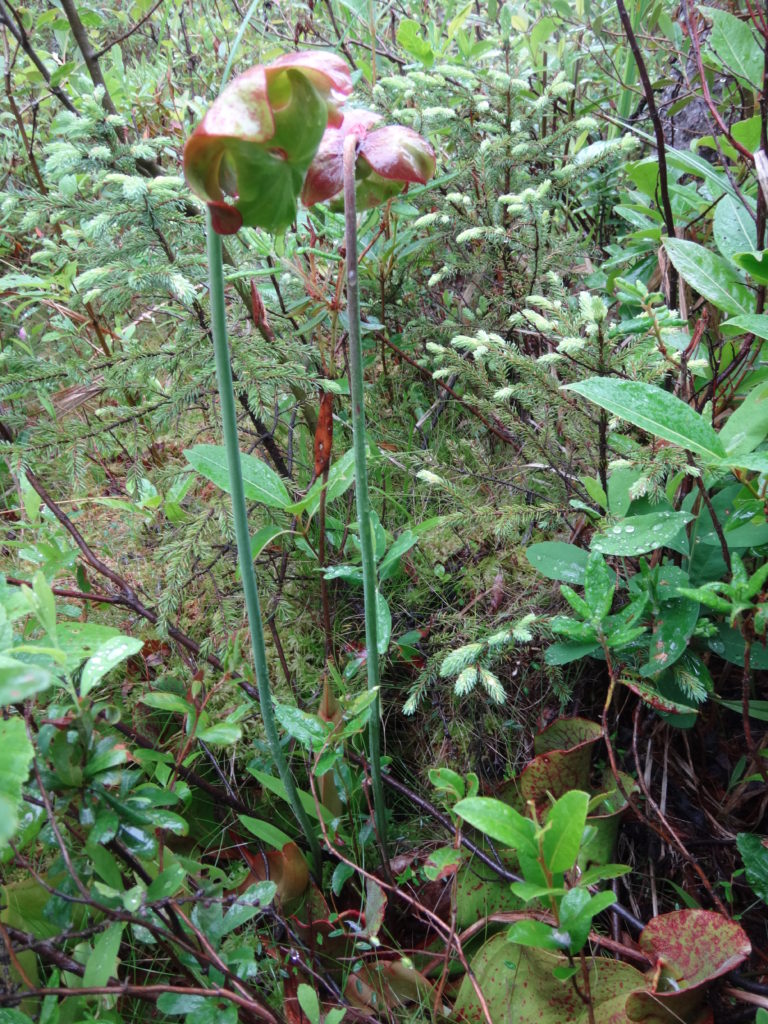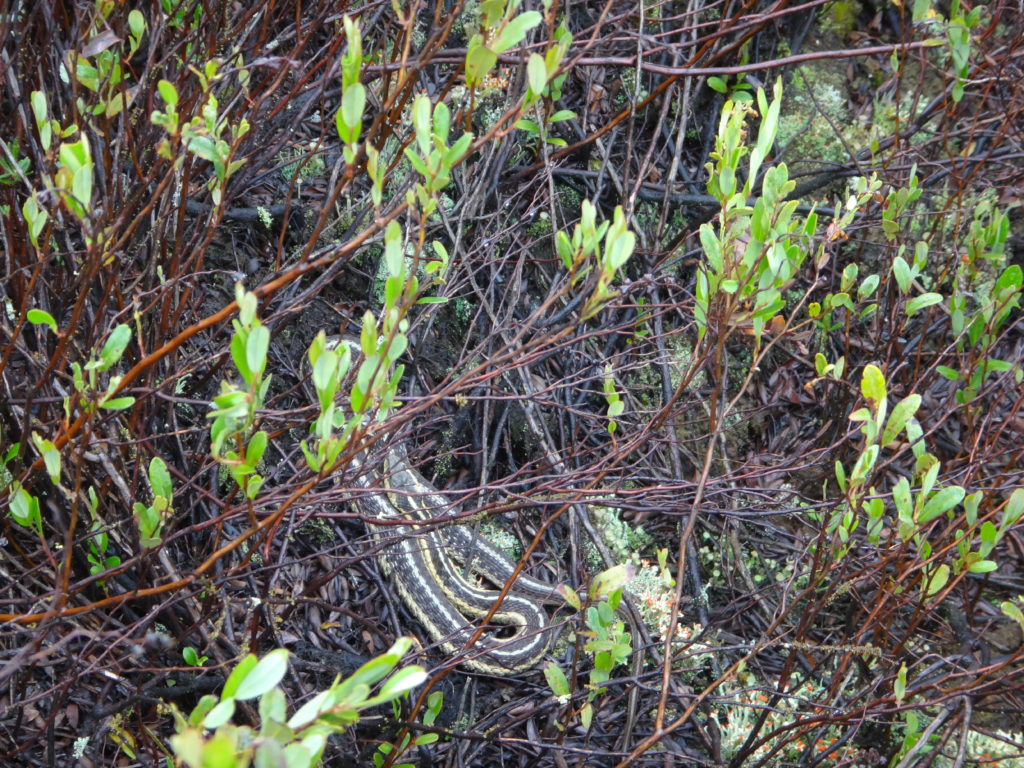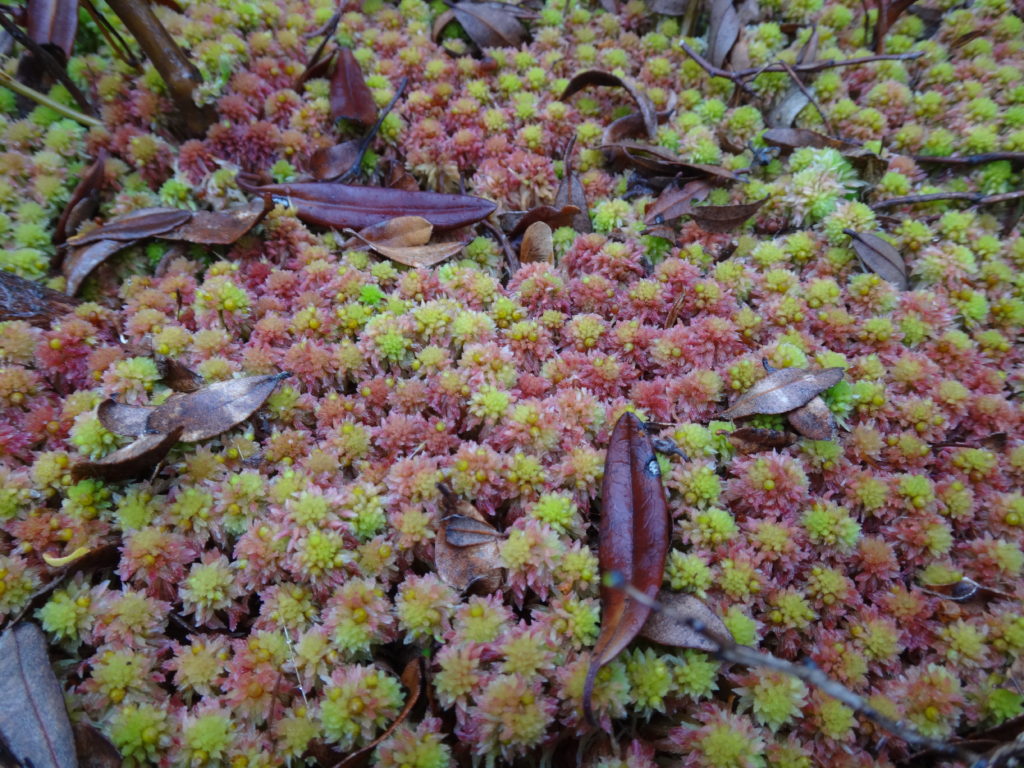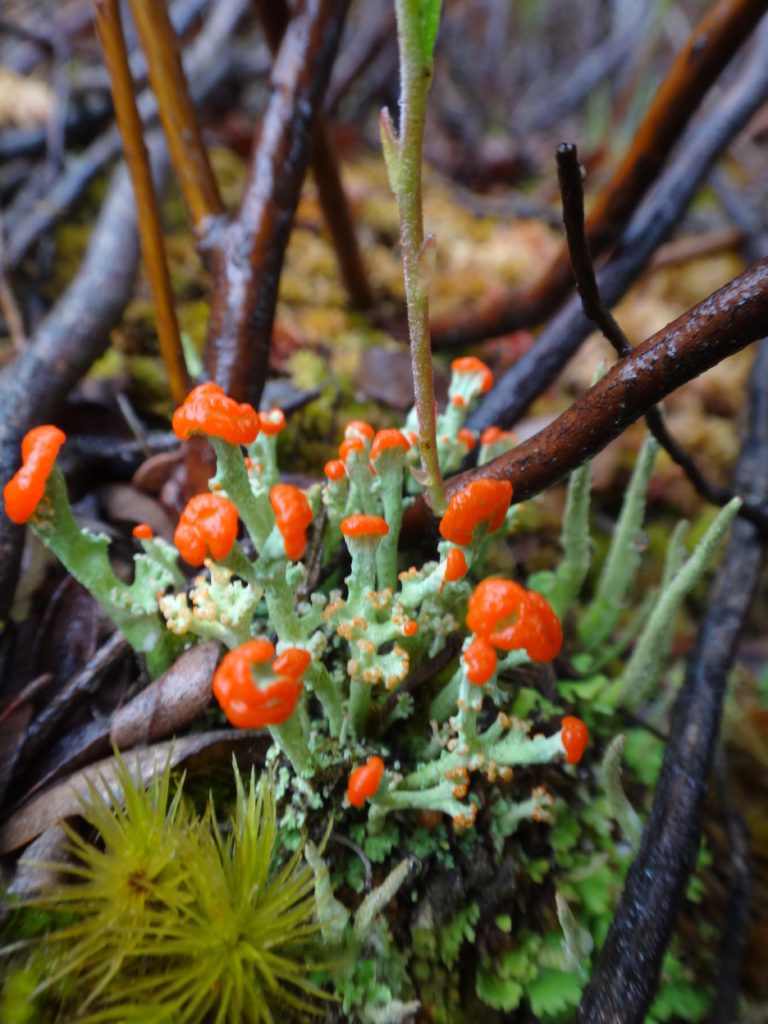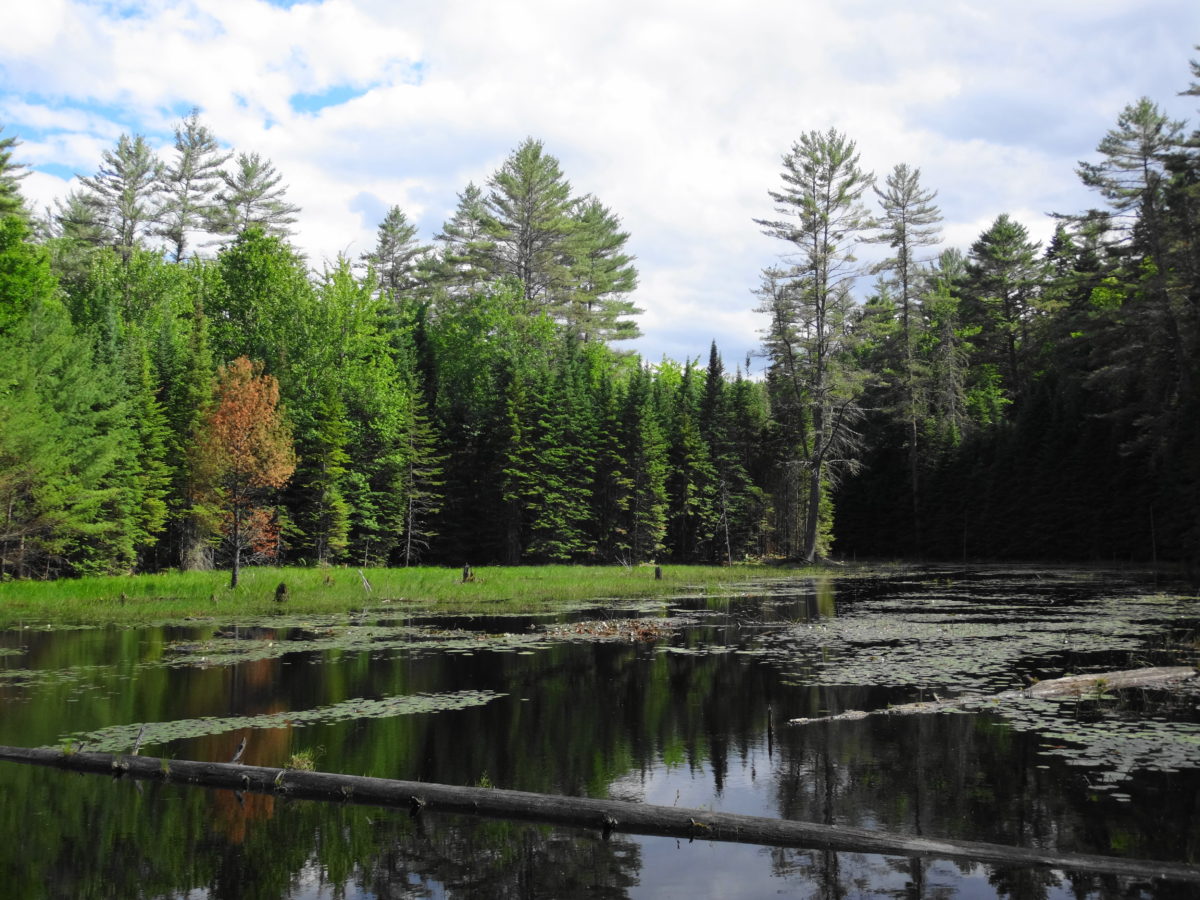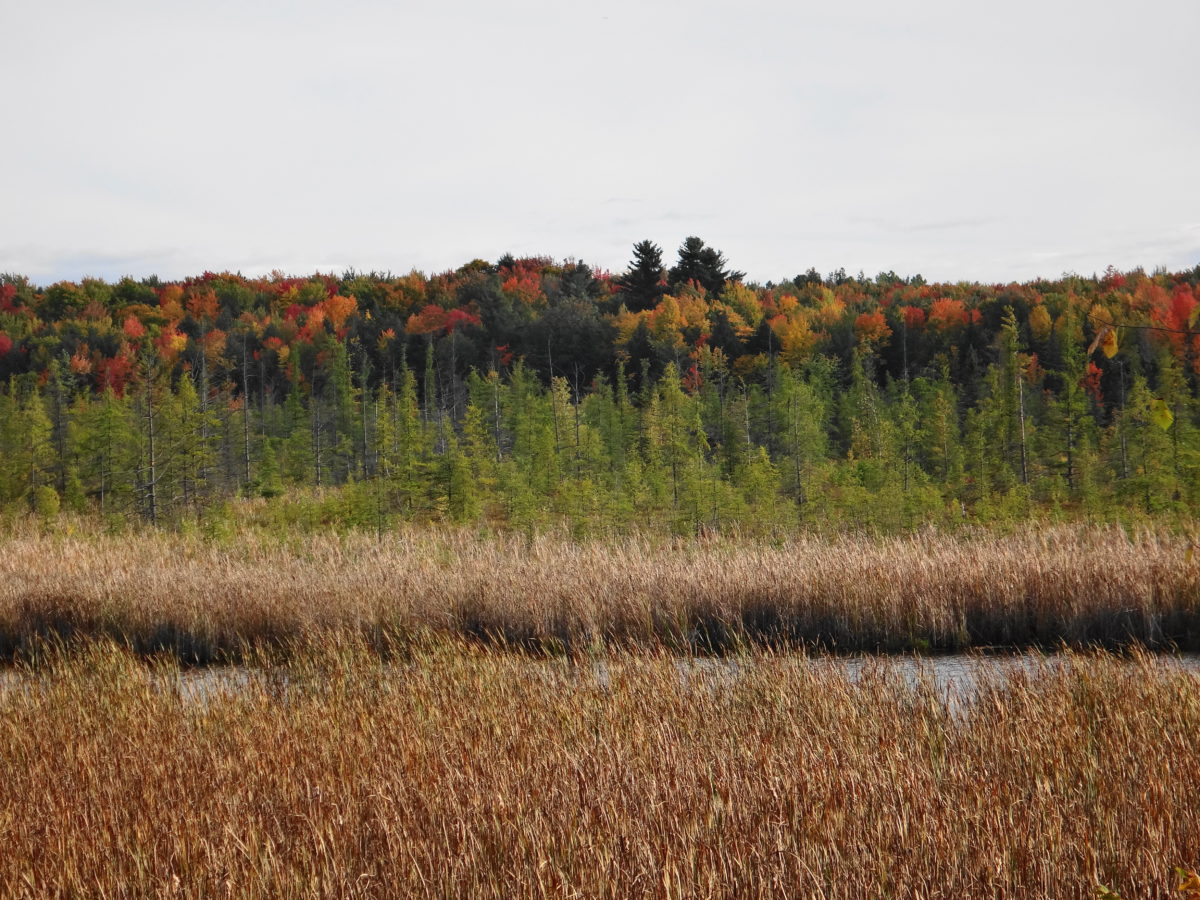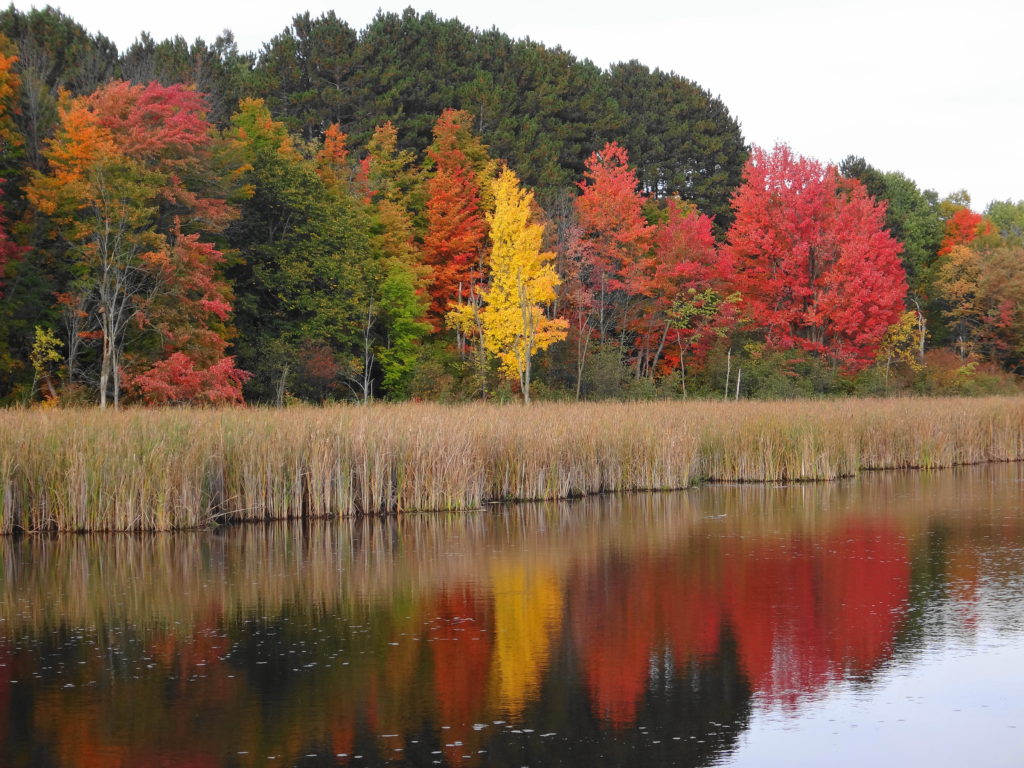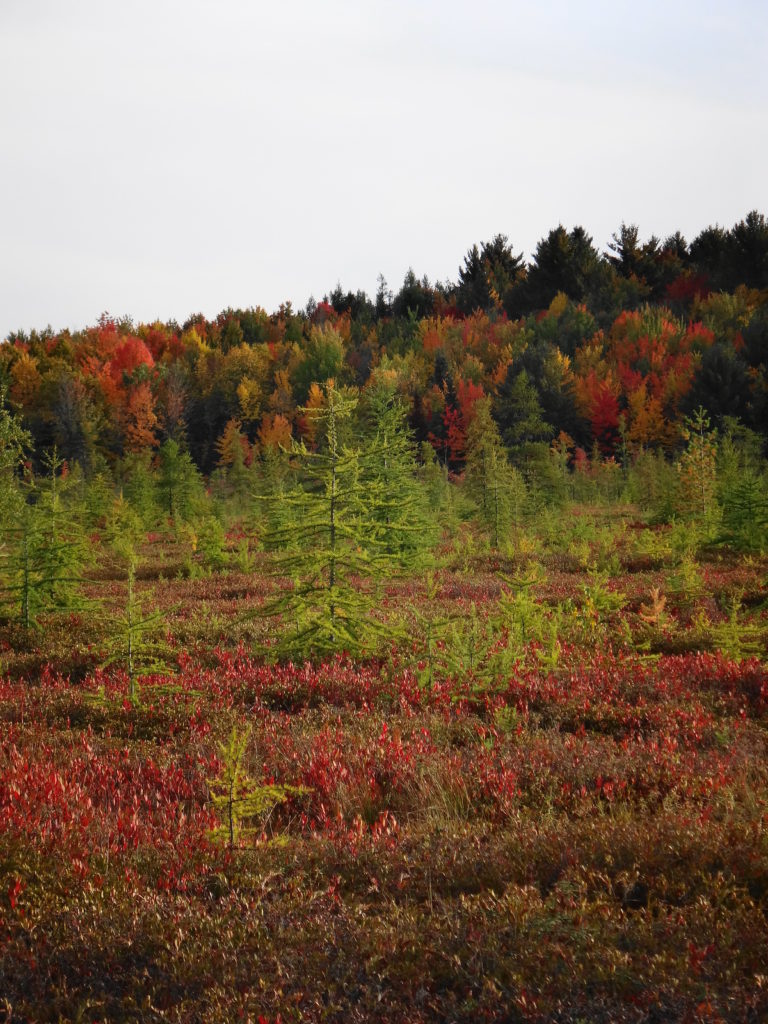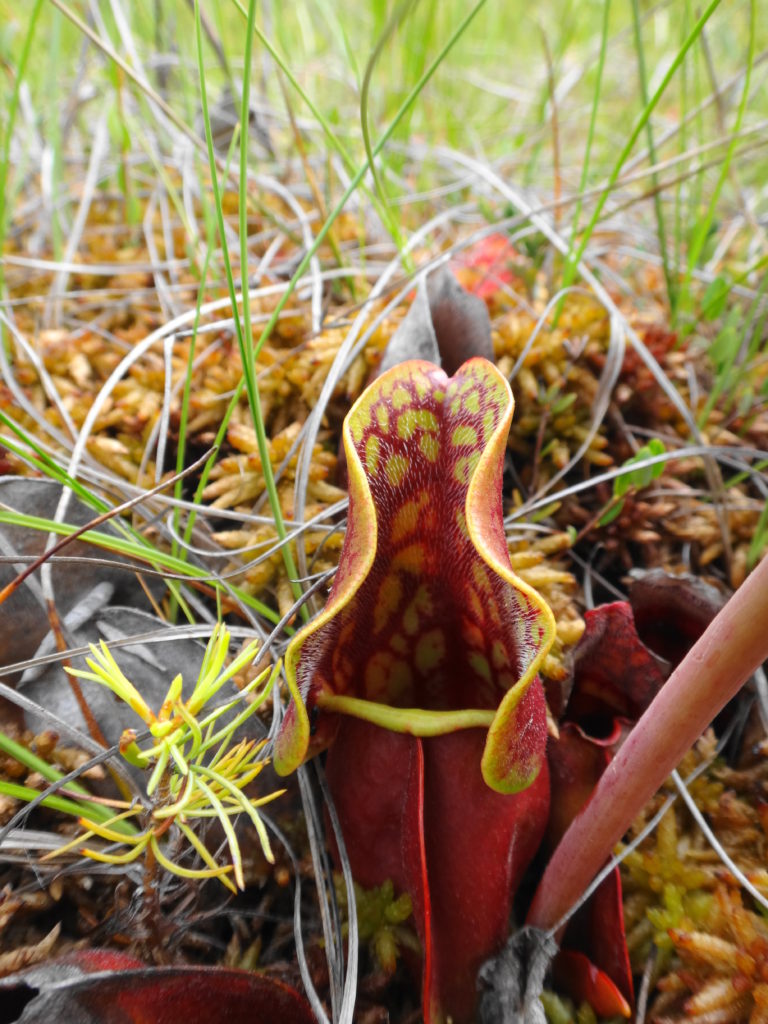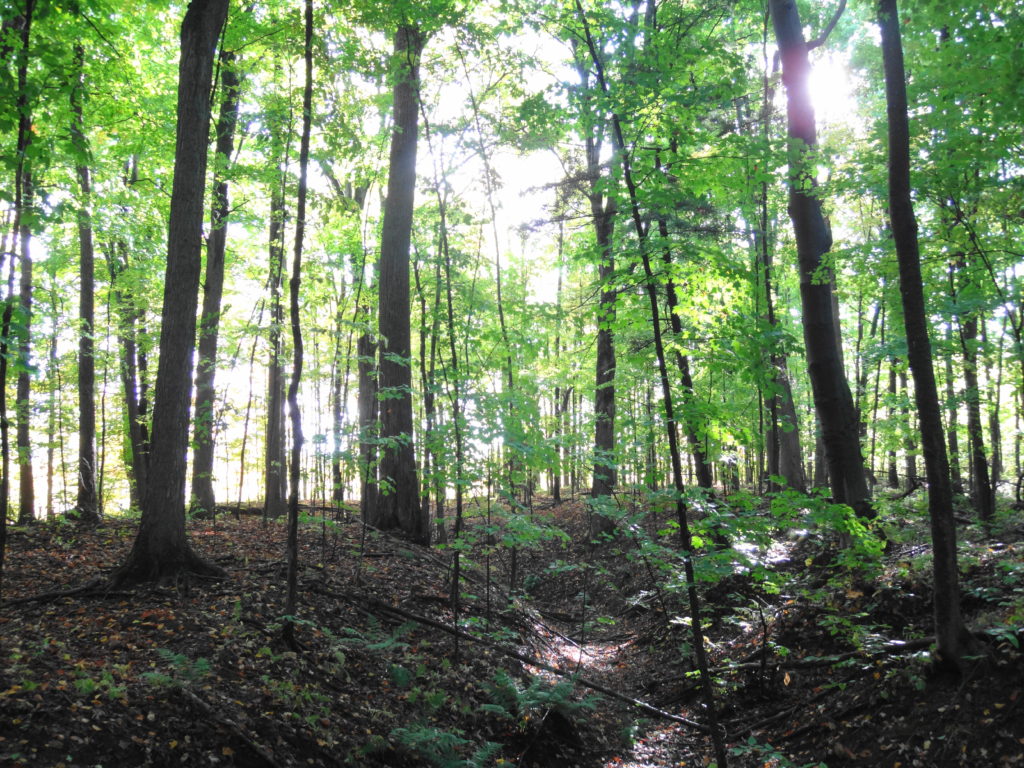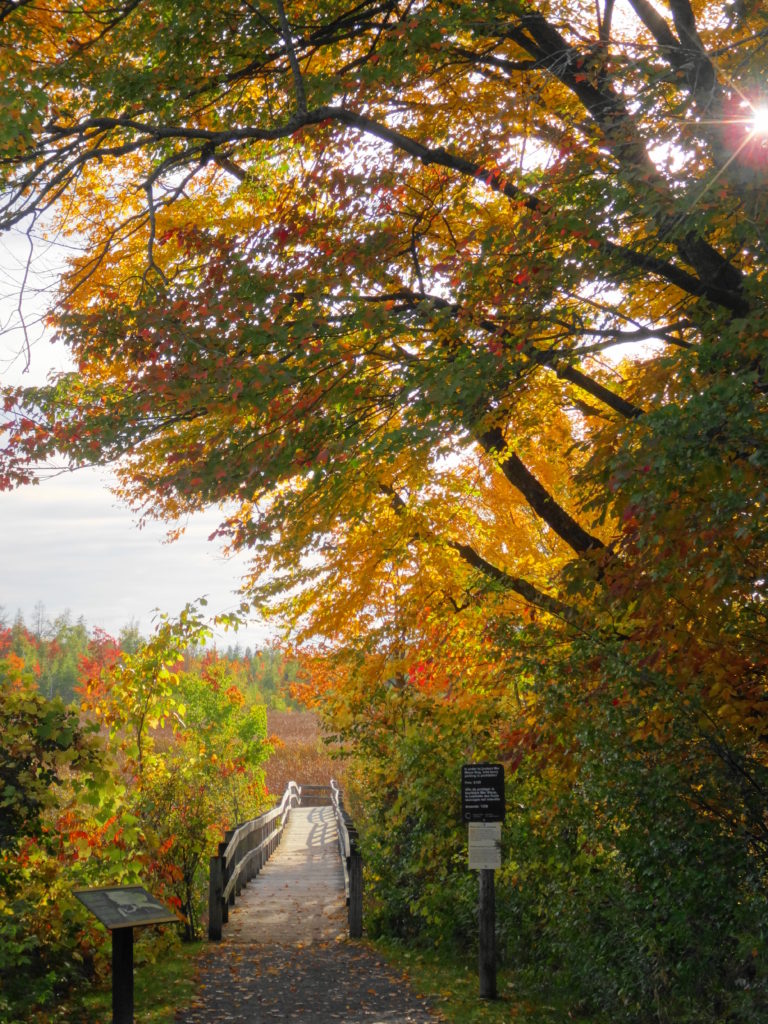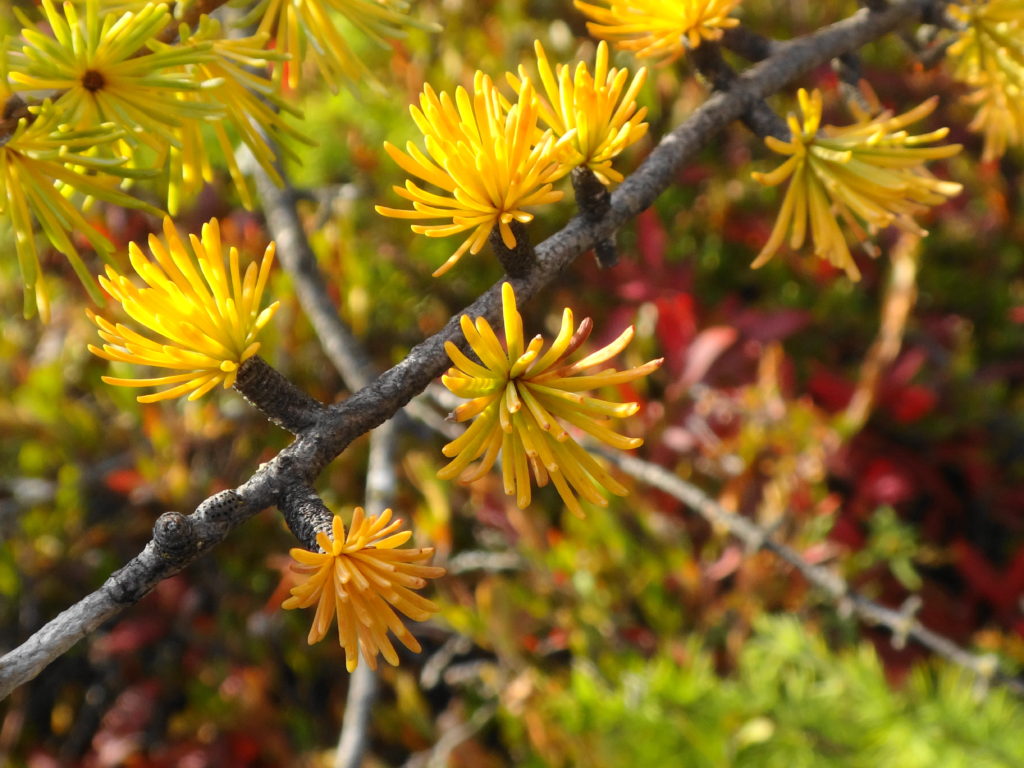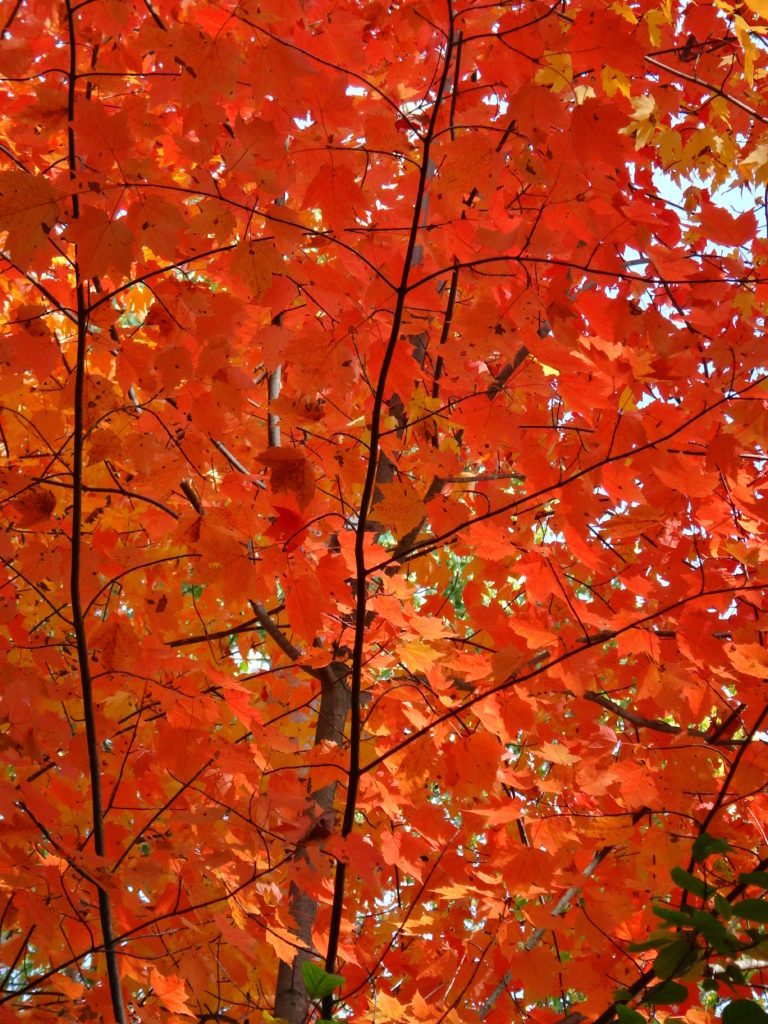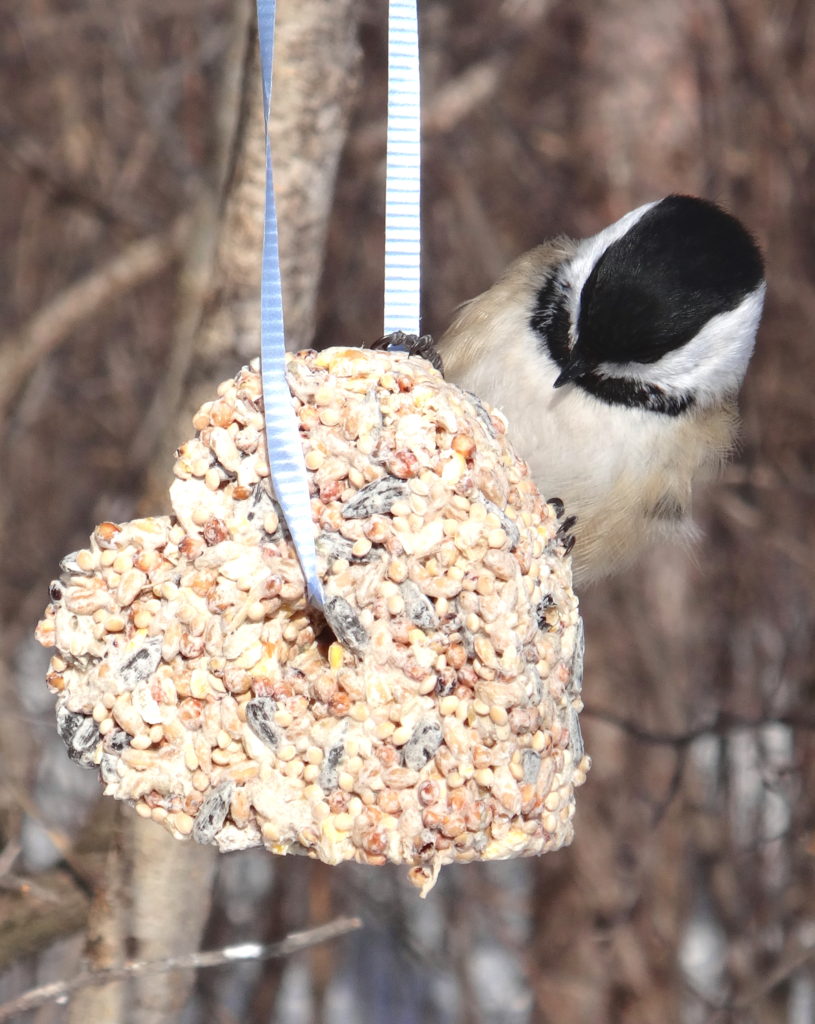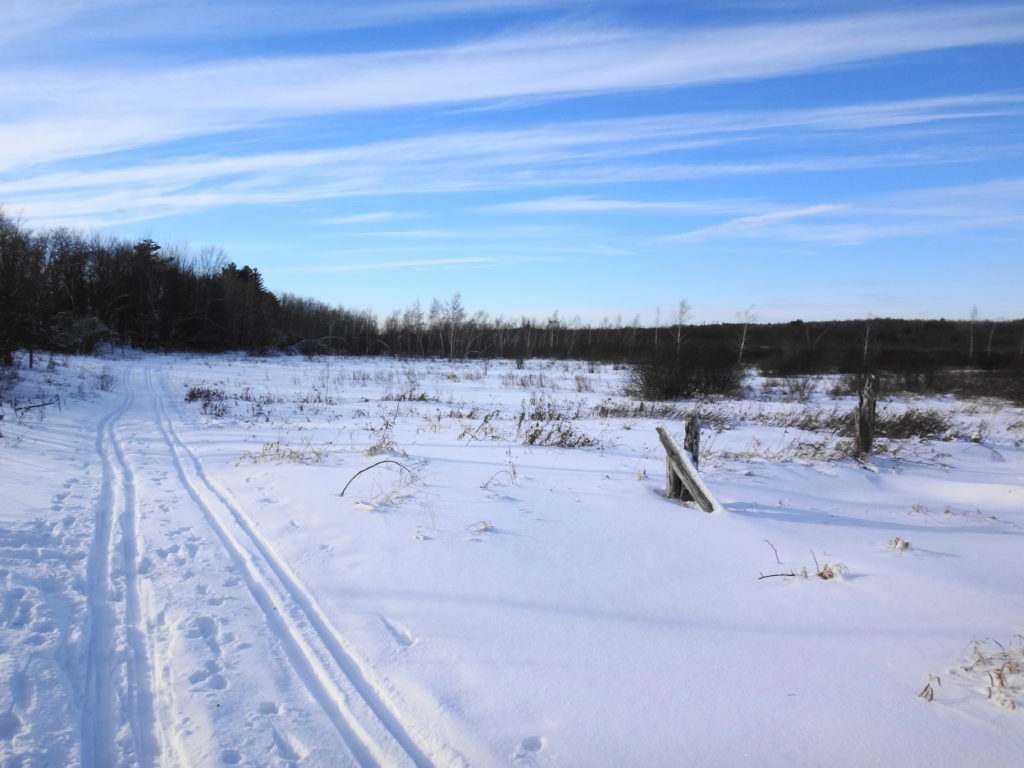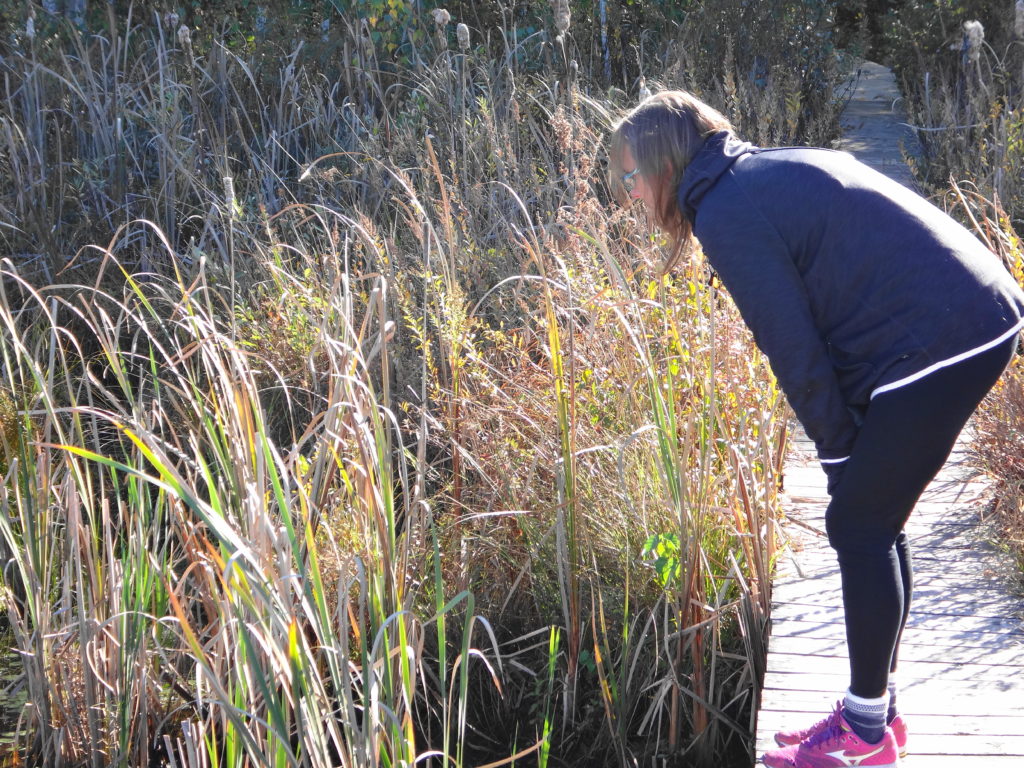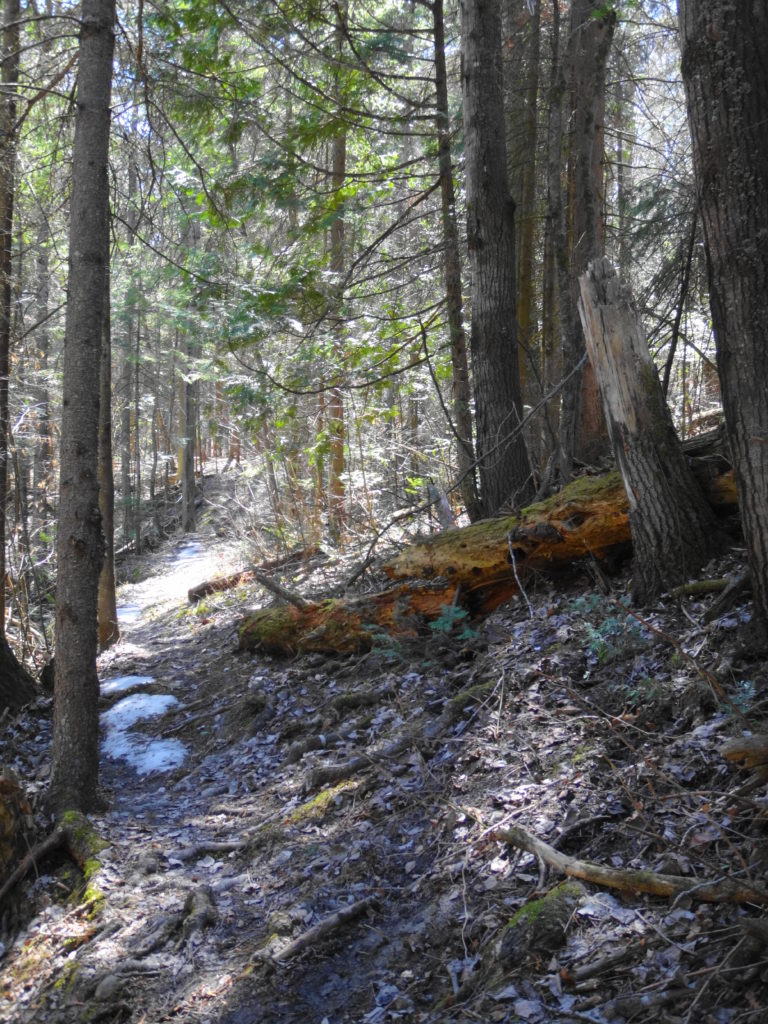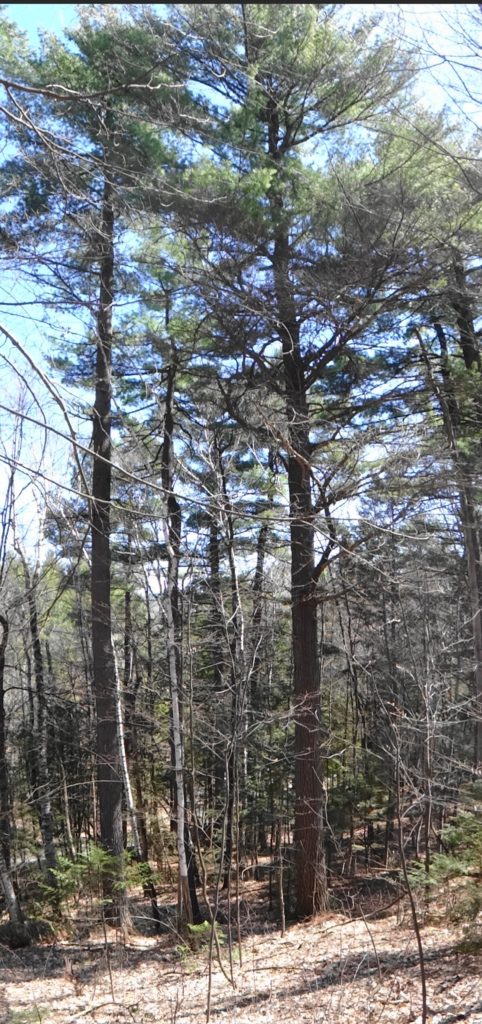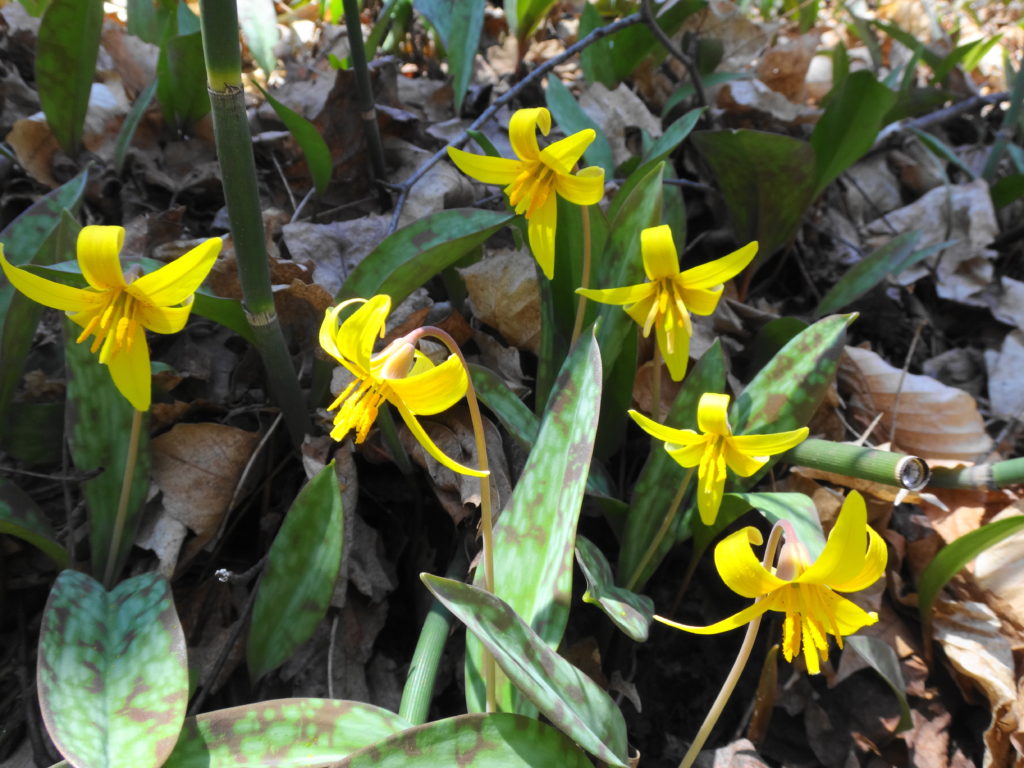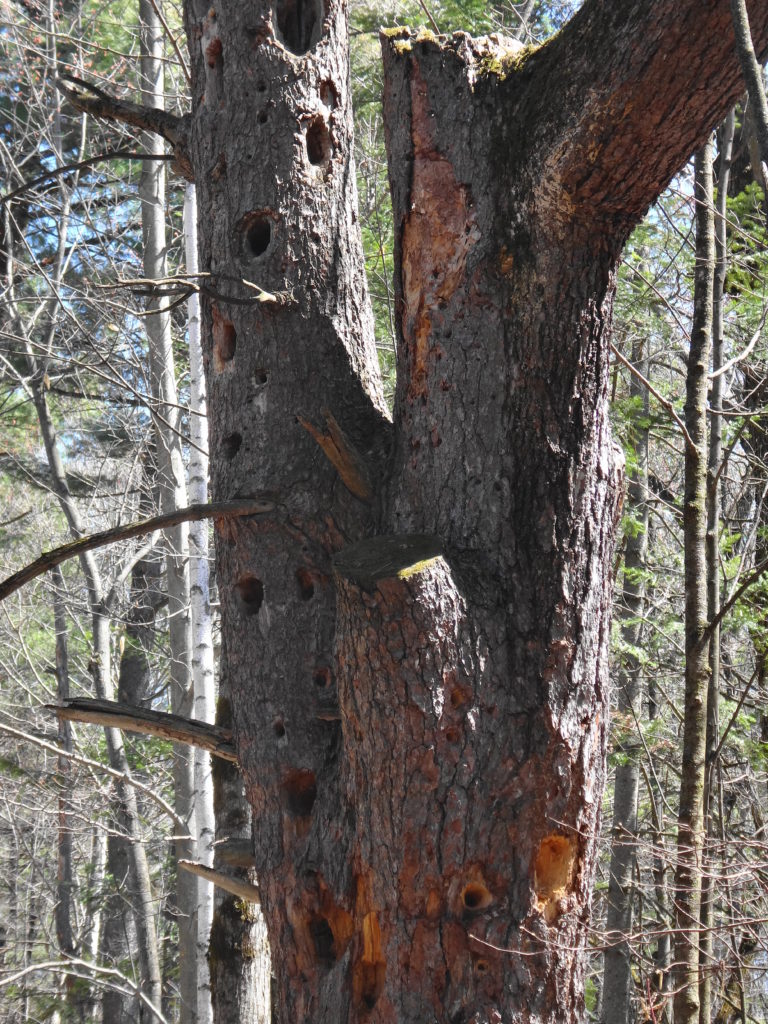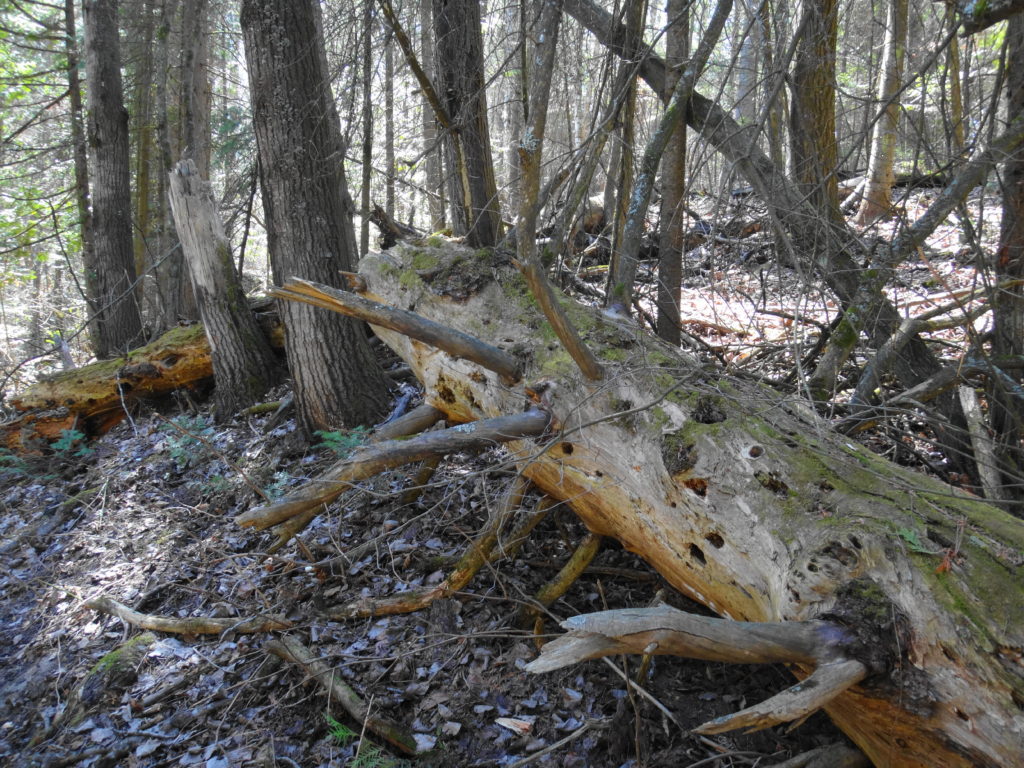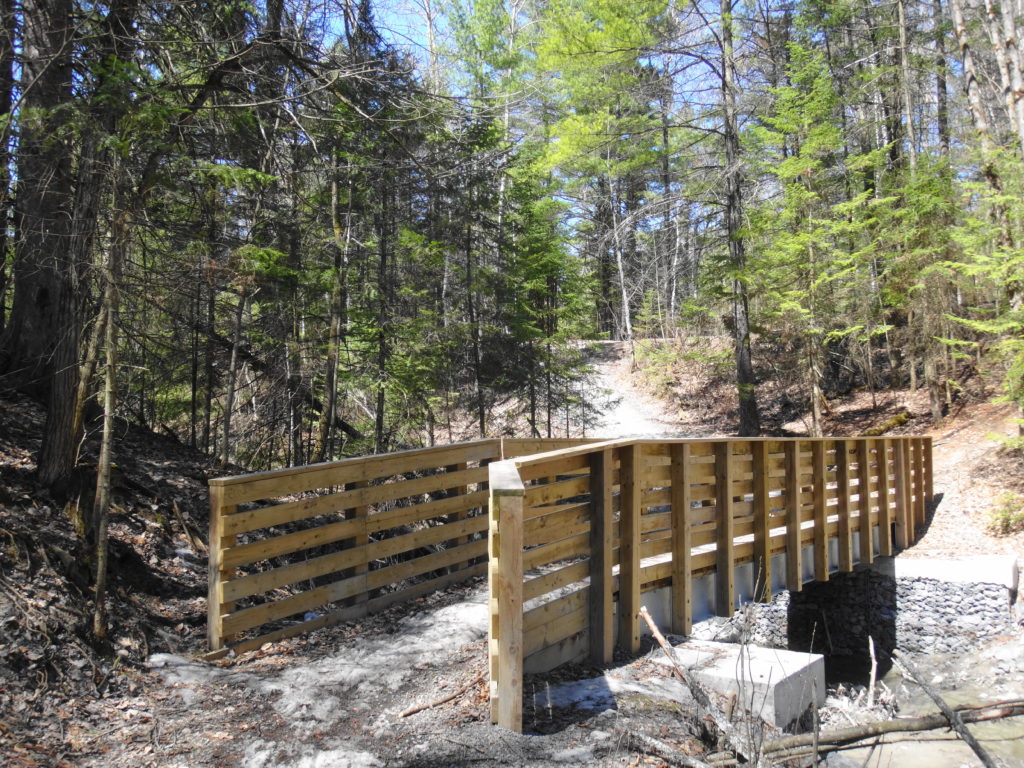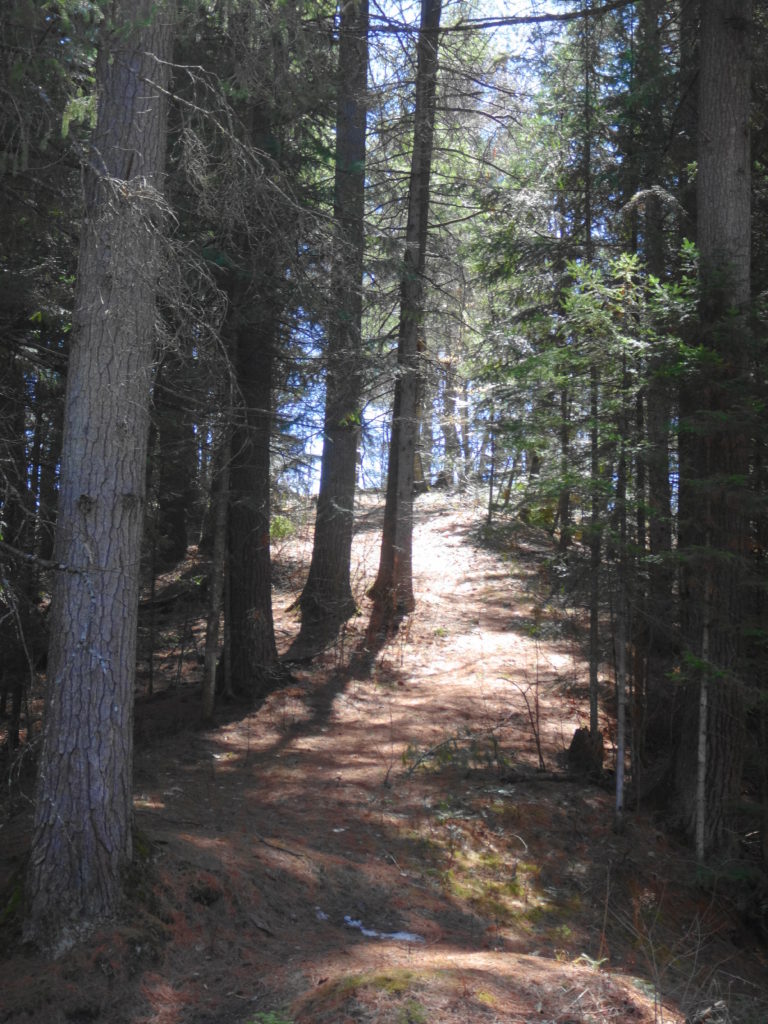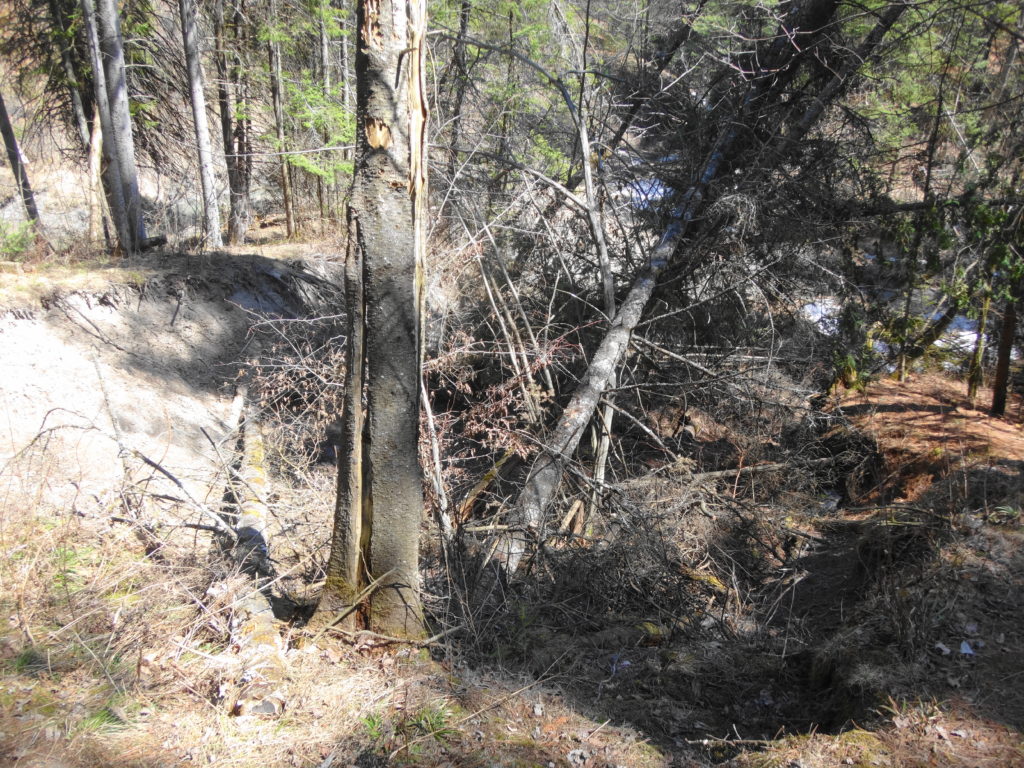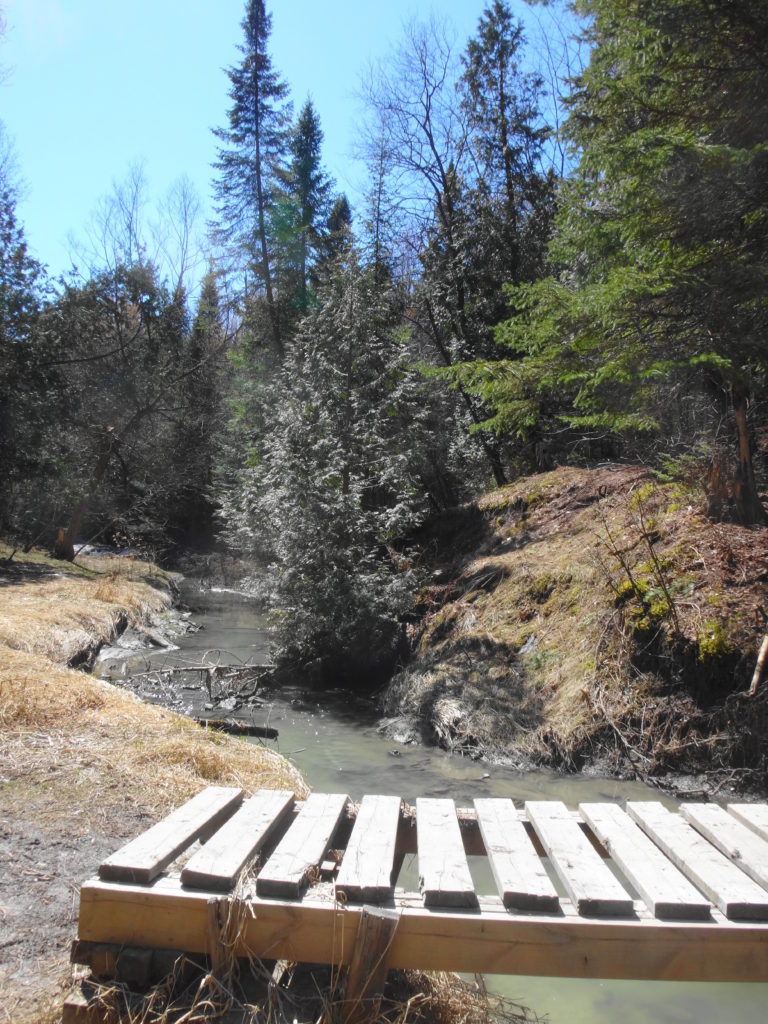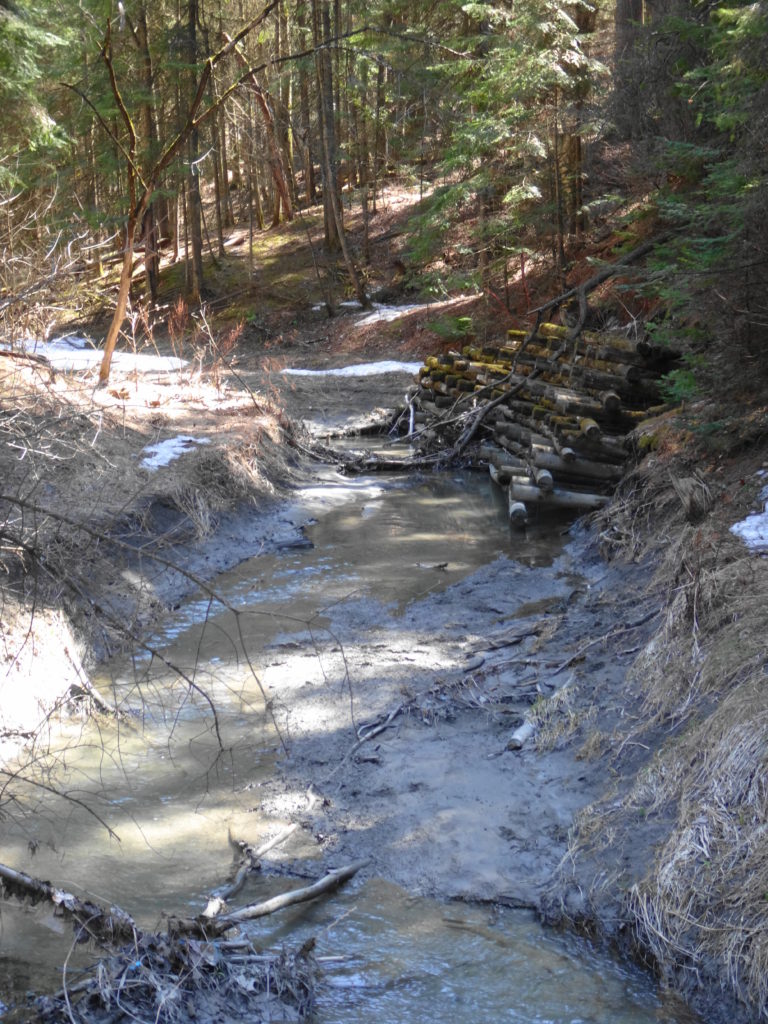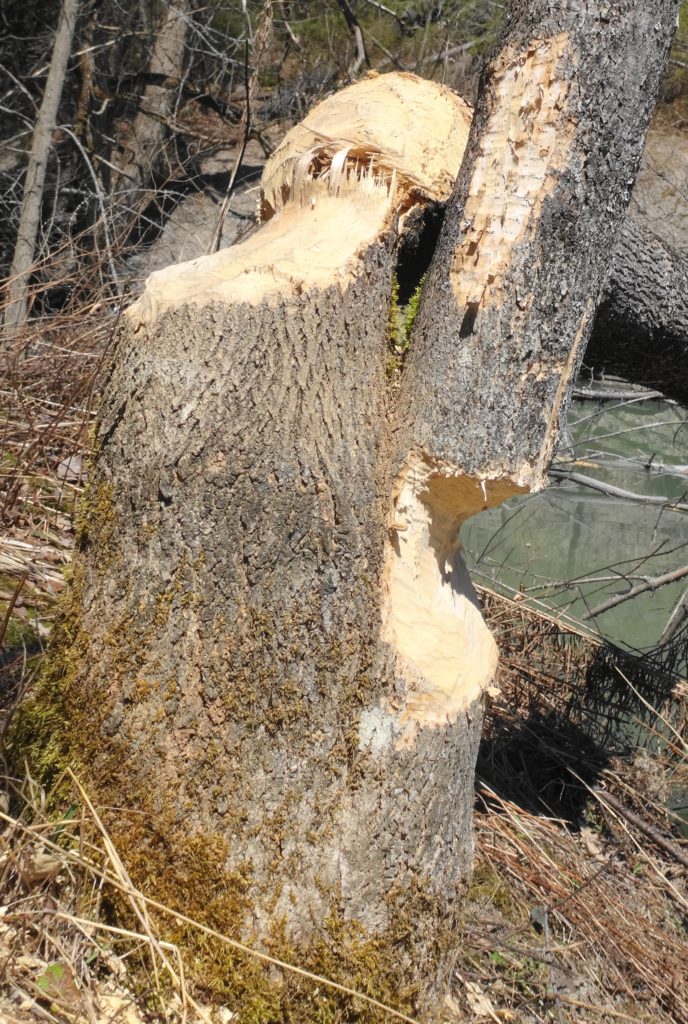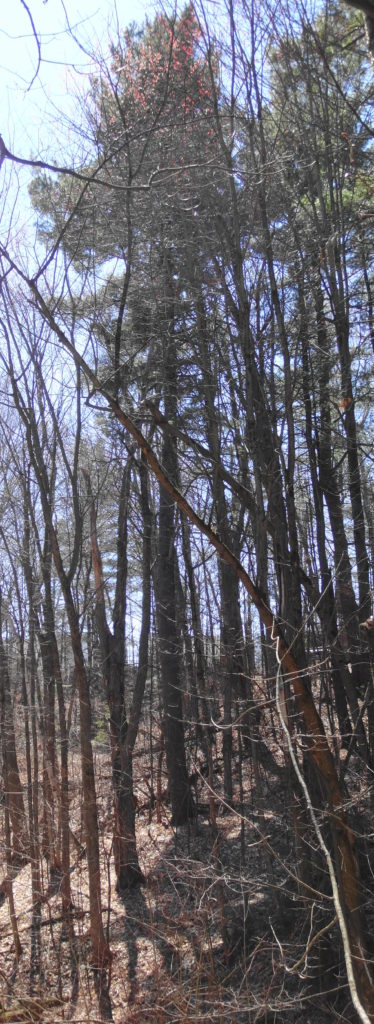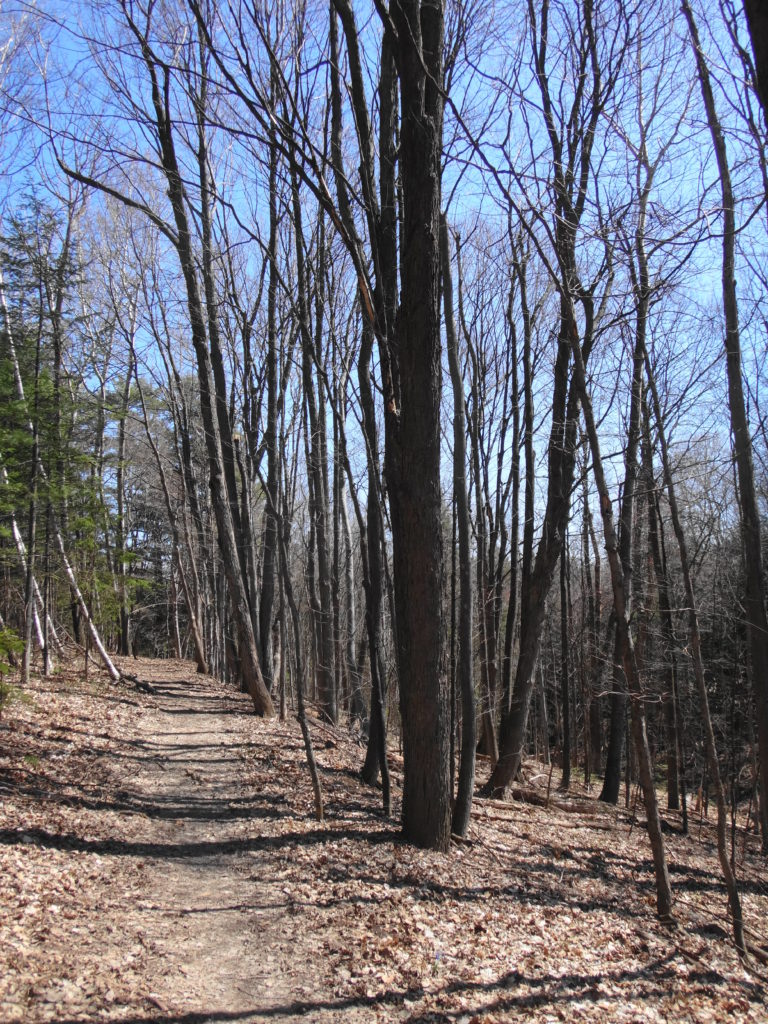An evening calm has settled over the Ottawa River as I paddle into a burnished, copper sunset. I trail a fly behind the canoe, more from habit than hope. If I really wanted to catch fish, I would trail a spinnerbait for pike, or rig a artificial minnow for walleye. Mostly, I just enjoy the quiet, made more pronounced by the occasional powerboat thrumming in the distance. On the Quebec side, I see lights begin to glimmer on the houseboats beached at the point. Laughter carries across the water. Nearer, on my left, I see a whitetail deer come shyly down to the beach in the deepening dusk, as a wood thrush begins to flute in the woods. Abruptly, the sandy bottom rises below my canoe. I ship my paddle and quickly wind in my fly. Then I continue into the bay toward the boat launch, passing Lamure Beach and threading through the moored boats. I pull out the canoe and drag it up to the trees with the others. Then I stroll through the peaceful streets until I see home and the glow of warm, yellow light through the blinds of the large front window.
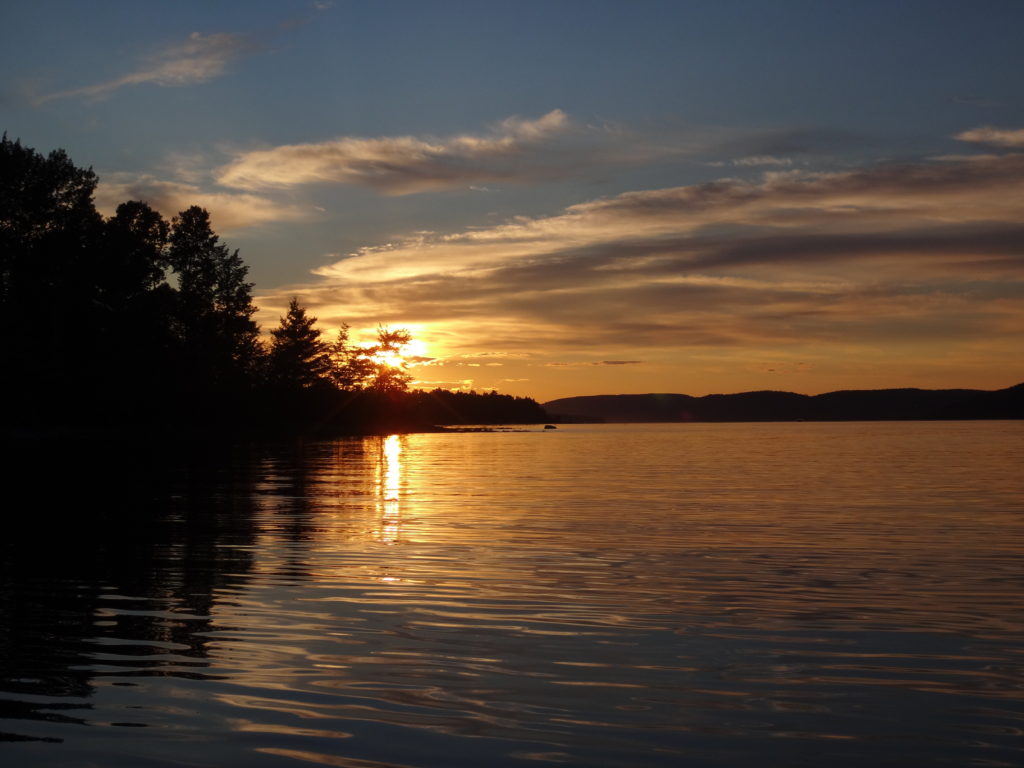
The town of Deep River lies an easy two hour drive northwest of Ottawa along Highway 17. Sandwiched between the highway and the Ottawa River, it trails along the shoreline for a couple of kilometers. The usual Tim Hortons, Canadian Tire, motel and small strip malls service the highway. A busy grocery store, post office, shops, cafes, school, and town office anchor the small, downtown core, which sits just behind the waterfront, overlooking the river. The marina and yacht club lie only a brisk two minute walk away. Tidy residential neighbourhoods lie either side of downtown — a mix of small, renovated, post-war bungalows and more modern, multi-story houses. The Deep River Regional Hospital marks the east side of town, while the Mount Martin Ski Club sits on the west side.
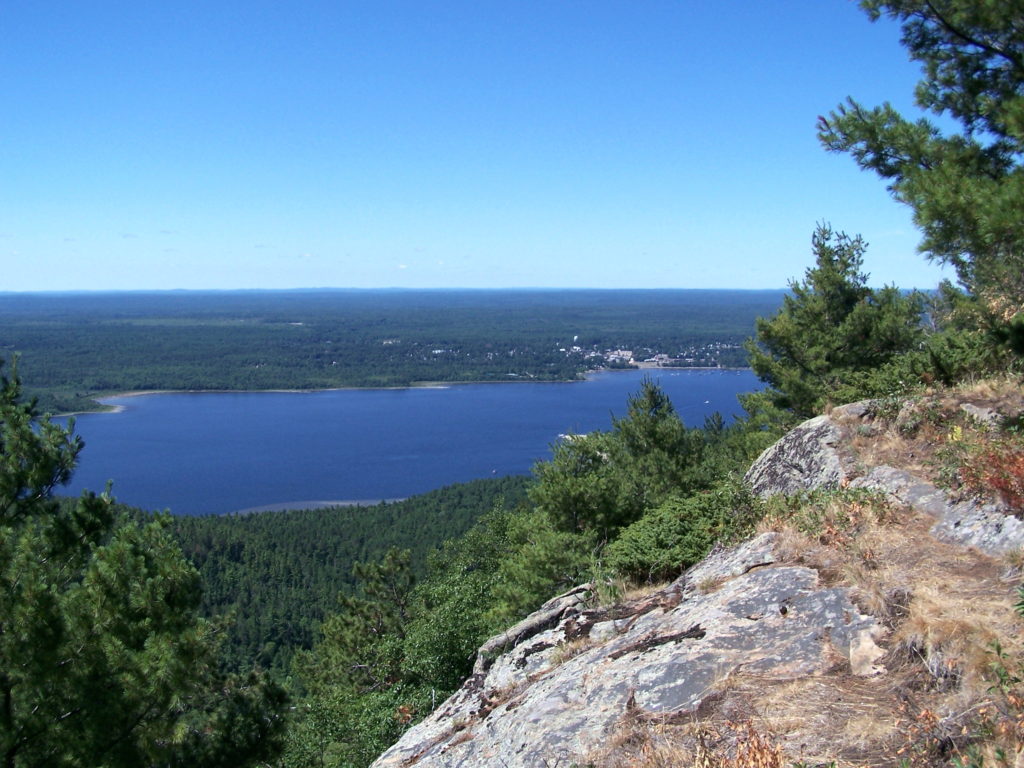

I spend at least two weeks every summer in Deep River with my wife and our sons. We make shorter visits throughout the year. I spend most of that time outside, exploring the local forests and wetlands, or paddling the shoreline of the Ottawa River. Deep River is a microcosm of whole Ottawa Valley, with almost every kind of ecosystem, habitat and wildlife species within easy reach.
Most trips to Deep River begin and end at the Four Seasons Forest Sanctuary, on the southeast side of the town. This community-owned forest is part of an enormous, contiguous, protected natural area that includes the restricted lands surrounding the Canadian Nuclear Laboratories (formerly AECL) in Chalk River, the Petawawa Research Forest, the training areas of Canadian Forces Base Petawawa, and Algonquin Park. A short hiking loop begins across from the hospital and leads to a pretty, covered shelter overlooking a wetland. Even on the buggiest days, the squadrons of dragonflies hunting along the marsh edge succeed at keeping most mosquitoes at bay. Common yellowthroats sing in the thickets, while swamp sparrows skulk in the reeds. An American bittern grunts deep in the marsh. A blue heron fishes along the meandering stream on the other side. Turtles and frogs bask in the small pond by the shelter, where an occasional beaver, muskrat or otter makes an appearance. I’ll bring a lunch and meditate on the scene, read a book, or bring a guitar. Almost always, I’m on my own.
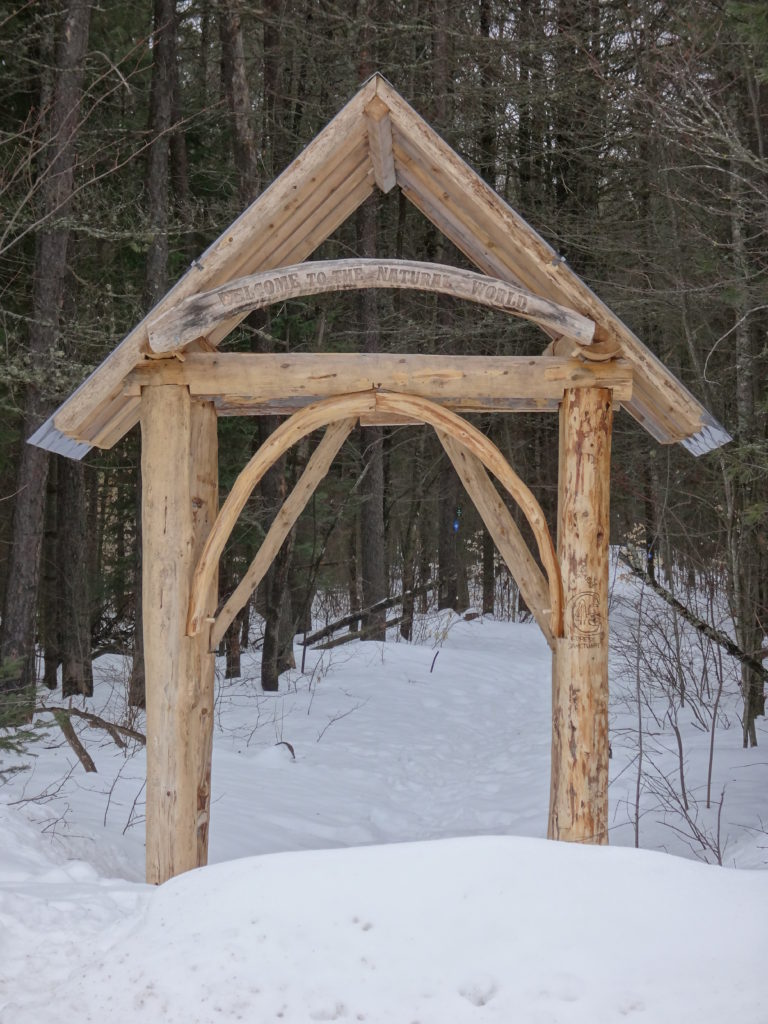
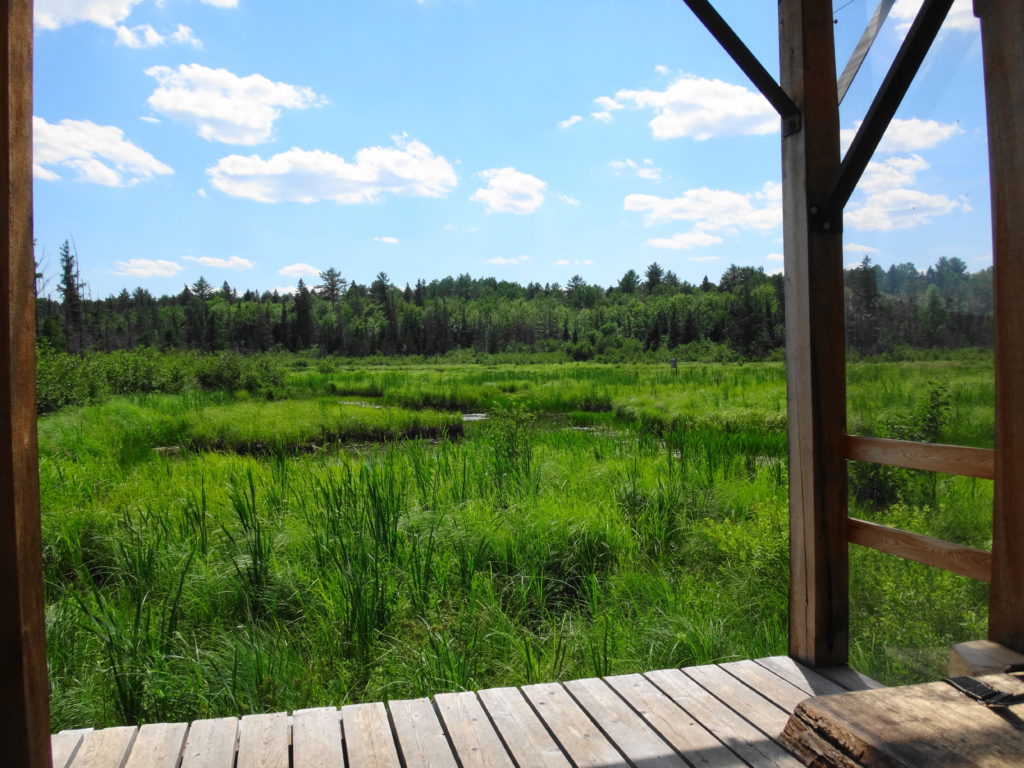
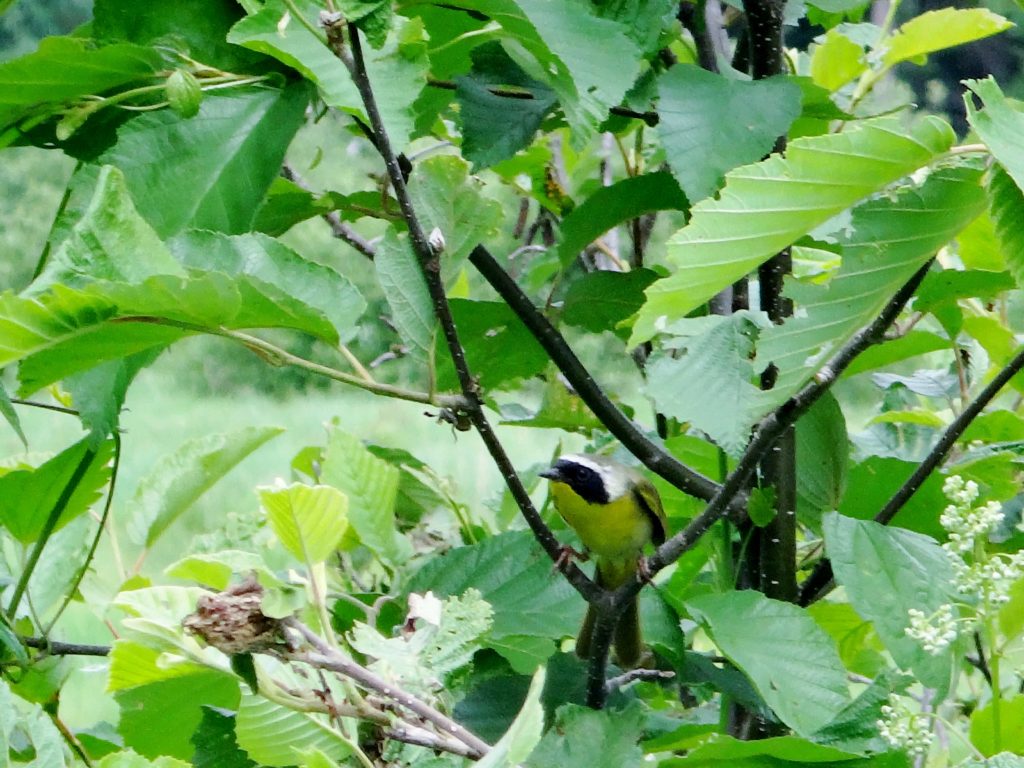
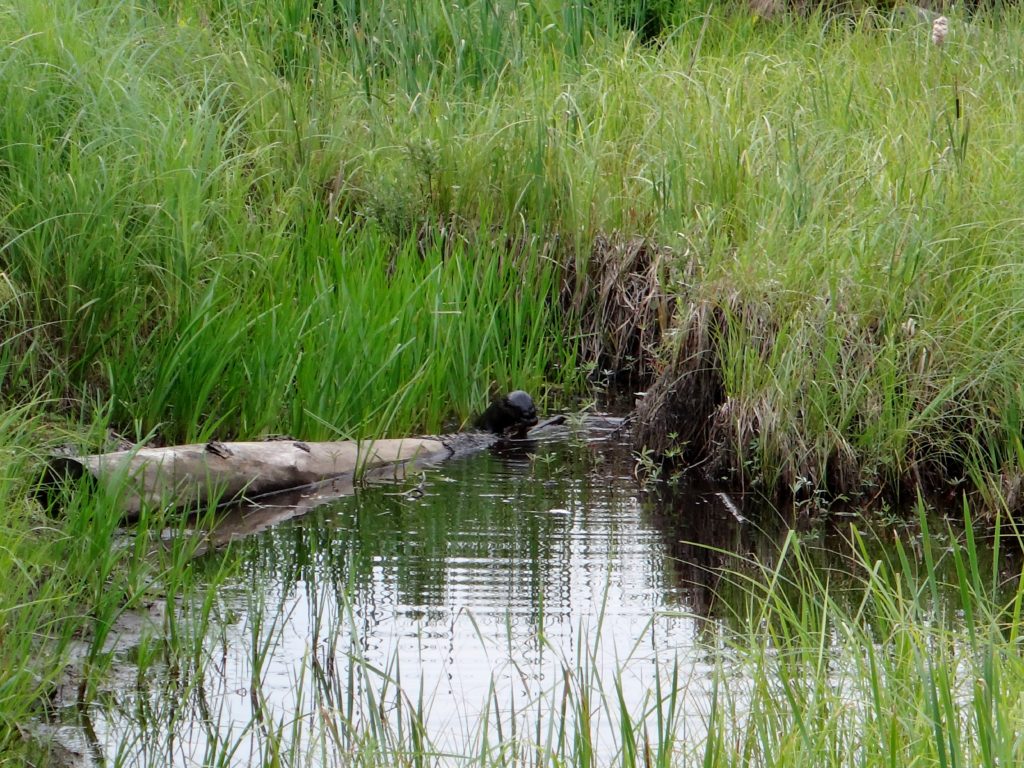
Longer trails lead deeper into the sanctuary, passing a variety of habitats: upland forests of white pine, maple and beech; darker forests of spruce and balsam fir; pretty riparian marshes, and dark forest pools; bright, grassy clearings, and shadowed fern gardens. One of my favourite destinations is Cranberry Lake, which stretches back into the AECL lands. At the end of a half hour hike, a small bench looks out over the lake and a pretty, floating fen mat. In late June and early July, white waterlilies carpet the water, and pink orchids (swamp pinks and rose pogonias) dot the fen. I often skip the bench and stretch out under the white pine that graces the shoreline, closing my eyes for a nap in midday sunshine. Occasionally I lift my head and look down the lake, hoping to see one of the moose that have found a haven on the AECL lands.
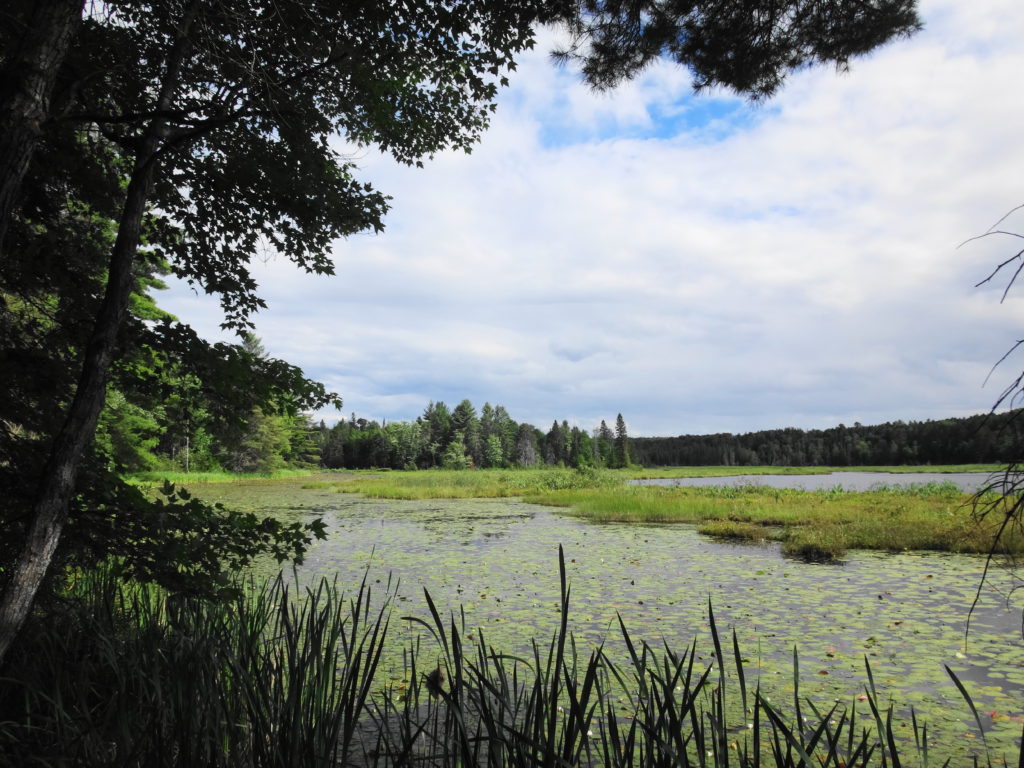
During the winter, the trails of the Forest Sanctuary become an active cross-country ski and snowshoe network. Trails are well marked and maintained by the Deep River Cross Country Ski Club, who put on an active recreational and social program through the winter. The forest and wetlands take on a different kind of beauty and quiet in the winter, always reminding me of the Robert Frost lines, “the only other sound’s the sweep, of easy wind and downy flake.”

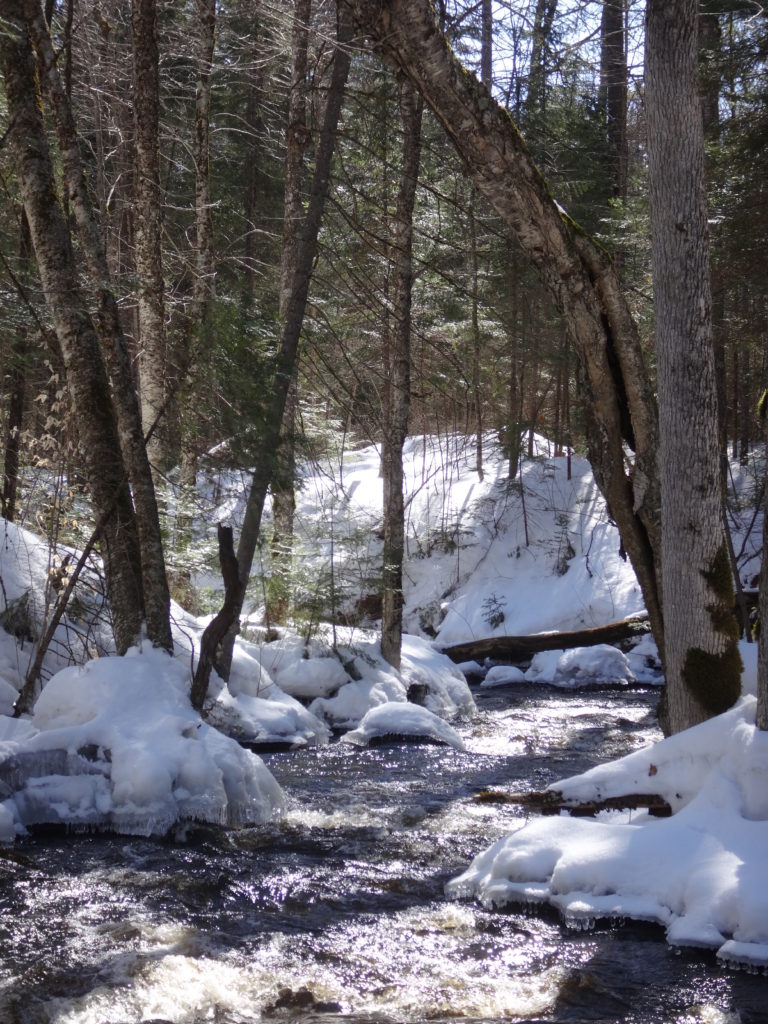
The Petawawa Research Forest, just outside nearby Chalk River, also provides wonderful opportunities for exploration. The Research Forest Museum, now inactive and partly abandoned, still remains open to the public — albeit quickly deteriorating. An interpretive trail still loops from the museum through the forest, and an old boardwalk still offers a short, but pretty walk along the shore of the Chalk River. A maze of access and logging roads leads deep into the forest, past a myriad of different tree communities, streams and wetlands. In particular, the research forest includes a large number of well-developed fens and bogs, some of which are very accessible and yet still virtually unknown and pristine. They provide a unique opportunity for a careful, conscientious visitor to explore the flora and fauna of these marvelous ecosystems. Unfortunately, summer visitors can expect to be trailed by a cloud of deer flies, which swarm from the sandy roads and trails in numbers that are hard to comprehend. Once off the roads and into the forests and wetlands, however, the deer flies give way to the usual mosquitoes and blackflies, which respond much more readily to repellent. Of course, sensitive individuals can always choose to wear bug hats or bug shirts. Either way, the research forest is worth a visit.

